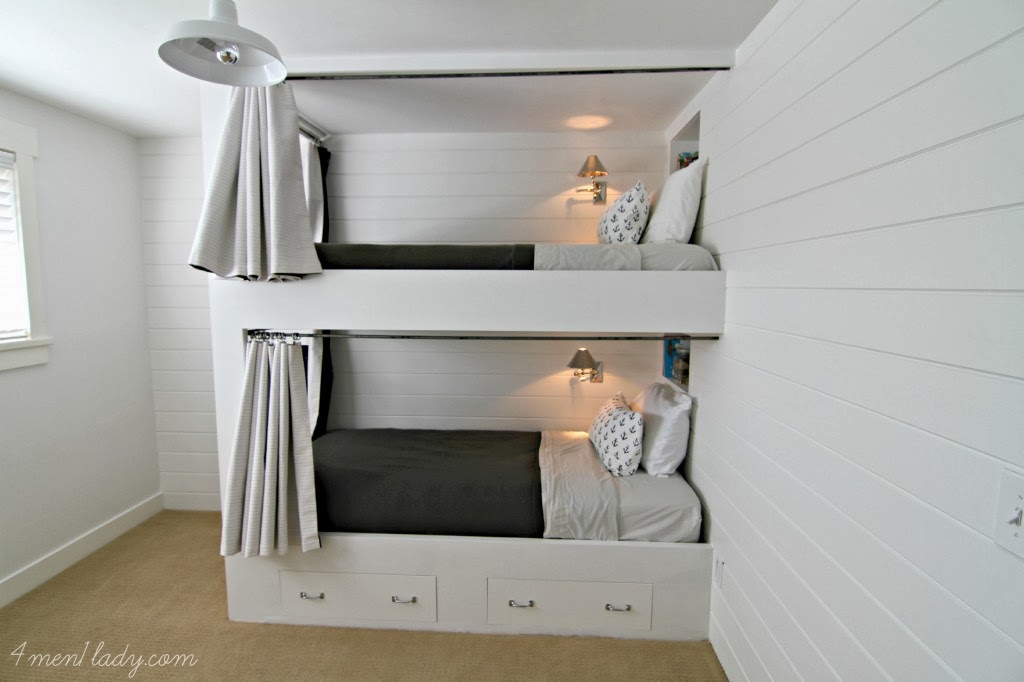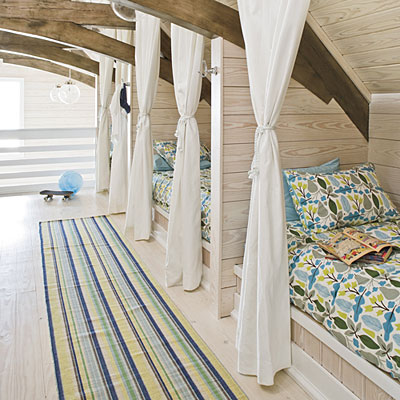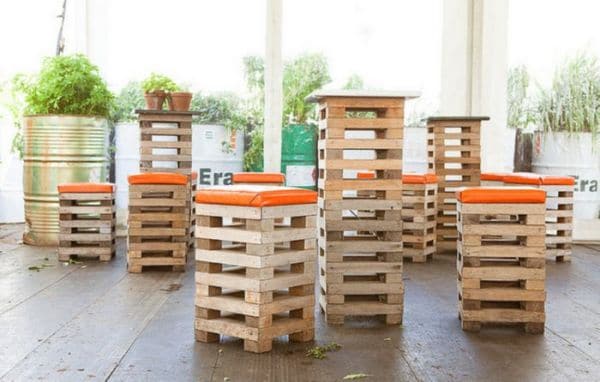




Tired of cluttered dining rooms and overflowing kitchen counters? A beautifully crafted buffet sideboard with cleverly concealed storage can transform your space. This detailed guide empowers you to build your own, providing ample hidden storage for linens, tableware, and more. Forget generic, mass-produced furniture – let's create something truly unique and tailored to your needs!
Before you even pick up a saw, meticulously plan your buffet's dimensions and design. Consider the available space in your dining area or kitchen. Will it be a long, low piece, or taller and more compact? Sketch your design, noting the desired height, width, and depth. Consider the style – modern minimalist, rustic farmhouse, or classic elegance – and choose materials accordingly. Solid wood (like oak, maple, or cherry) offers durability and timeless appeal, while plywood provides a more affordable alternative. For a touch of elegance, integrate glass-fronted cabinets. Don't forget your hidden storage compartments – decide on their size, placement, and accessibility.
Selecting the right wood significantly impacts the final look and feel. Oak offers a robust, traditional appearance, while maple provides a cleaner, lighter aesthetic. Cherry wood boasts rich, warm tones. If budget is a concern, high-quality plywood provides a stable base, easily stained or painted to match your desired style. Think carefully about your hardware: knobs, pulls, and hinges should complement the overall design. Consider the weight of your doors and drawers when selecting hinges – robust hinges are essential for heavy doors.
Now for the fun part! Armed with your detailed plans and chosen materials, you'll begin the actual construction. Precise cuts are essential; use a miter saw for clean, accurate angles. Assemble the carcass of the buffet – the main structure – using wood glue and screws. Reinforce joints with dowels or biscuits for added stability. For the hidden storage, consider building framed compartments within the main structure, creating secret spaces behind hinged doors or drawers. Remember, accuracy and patience are key here!
The magic of this project lies in the expertly crafted hidden storage. Carefully measure and cut the wood for the compartments. Consider incorporating adjustable shelves for versatile storage solutions. For a truly hidden effect, use flush-mounted hinges that seamlessly integrate with the doors or drawer fronts. Think about adding small details like felt lining to prevent scratches on fine china or silverware.
Once the structure is complete, it's time to bring out the character. Sand all surfaces thoroughly to achieve a smooth finish, paying close attention to corners and edges. Apply your chosen finish – stain for a natural wood look, or paint for a vibrant pop of color. Several coats are recommended for optimal protection and durability. Install the doors, drawers, and hardware with precision. Finally, add those finishing touches – perhaps a decorative molding or subtle trim – to elevate your creation to a true masterpiece.
Step back and admire your handiwork. You've successfully built a beautiful and functional buffet sideboard with hidden storage! This piece not only adds storage solutions but elevates the aesthetic of your dining room or kitchen. This custom-built piece reflects your individual style and provides a lasting sense of accomplishment. Enjoy the pride of crafting something truly special for your home.
The possibilities are endless – let your creativity guide you!
Shaker furniture, known for its clean lines, simple elegance, and enduring functionality, might seem intimidating to a beginner woodworker. But don't let that fool you! With the right plan and a little patience, you can craft a beautiful Shaker-style piece that you'll cherish for years to come. This guide provides step-by-step instructions for creating a simple project, perfect for building your confidence and skills.
We'll start with a classic: a Shaker-style box. Its straightforward design minimizes complex joinery, allowing you to focus on mastering fundamental woodworking techniques. You'll learn to cut precise joints, apply finishes, and appreciate the beauty of simplicity. This box can serve as a jewelry box, a storage container, or even a decorative accent piece – the possibilities are as limitless as your creativity! Remember to choose a wood you enjoy working with – something readily available at your local lumberyard is a great starting point.
Before you begin, gather your materials. You'll need:
Note: Adjust the quantity of wood based on the desired size of your box. A simple 6" x 6" x 3" box is a great starting point.
Begin by carefully measuring and cutting your wood pieces. You'll need six pieces: two for the sides, two for the ends, one for the bottom, and one for the lid. Ensure all cuts are precisely 90 degrees for a clean, professional look. Use a miter box and saw for the most accurate cuts, or a miter saw if you have one.
Shaker boxes often utilize simple butt joints. Apply wood glue to the ends of your side and end pieces, then clamp them together firmly, ensuring the corners are square. Allow the glue to dry completely according to the manufacturer's instructions.
Once the box sides are assembled, carefully glue and clamp the bottom piece into place. Ensure the bottom sits flush with the inside edges of the box. Allow the glue to dry thoroughly.
For the lid, simply cut a piece of wood slightly larger than the top opening of the box. You can use a simple rabbet joint to create a snug fit, or simply plane the edges to fit snugly. Apply wood glue to the edges of the lid and attach it.
Once the glue is completely dry, carefully sand all surfaces of your box. Start with coarser grit sandpaper and gradually move to finer grits for a smooth finish. This step is crucial for achieving a professional look and feel.
Now it's time to add the finishing touch! Choose a wood finish that complements the wood you've used. Apply several thin coats of stain or varnish, allowing each coat to dry completely before applying the next. This process will protect your beautiful creation and enhance its natural beauty.
You've successfully built your first Shaker-style piece! Admire your handiwork and enjoy the satisfaction of creating something beautiful and functional with your own two hands. This project is just the beginning. With this newfound confidence, you're ready to explore more advanced Shaker projects and unlock your woodworking potential.













Build wood-fired earth oven - diy - mother earth news, Build your own wood-fired earth oven with this easy-to-make oven and bake crusty breads, tasty pizzas and roasted meats. includes diagrams, creating the oven floor and mixing mud.. How build wood fired pizza/bread oven - youtube, How to build a wood fired pizza/bread oven. how to build a wood fired pizza/bread oven.. How brick oven ( pictures) - wikihow, Dome ovens can be difficult to build. some plans even involve woodworking. these ovens can take a lot of time to heat up properly. 4. consider a barrel oven plan. barrel ovens are brick ovens that are built around a large metal barrel. these ovens can be heated up very quickly and are more energy efficient than some dome ovens.. Beehive plans - diy beehives - carolina honeybees, The readily diy beehive plans construction langstroth hives. hive type popular hive . langstroth hive considered choice beekeepers. commonly hive, easy find advise hive management.. The most readily available DIY beehive plans are for construction of Langstroth Hives. This hive type is the most popular hive in the US. A Langstroth Hive is considered to be the best choice for new beekeepers. Because it is the most commonly used hive, it is easy to find others who can advise you on hive management. 21 wanna build beehive oven images outdoor oven, Oct 7, 2015 - explore pete louison' board "wanna build beehive oven", 198 people pinterest. ideas outdoor oven, building beehive, wood fired oven.. Oct 7, 2015 - Explore Pete Louison's board "Wanna build a beehive oven", followed by 198 people on Pinterest. See more ideas about Outdoor oven, Building a beehive, Wood fired oven. How build beehive family handyman, Modern beekeeping attempts revert industrialized obtaining honey utilizing smaller colonies, 10,000 30,000 bees operation based hive. teach build langstroth hive common north american australian beekeeping.. Modern beekeeping attempts to revert to a less industrialized way of obtaining honey by utilizing smaller colonies, usually between 10,000 and 30,000 bees and the whole operation is based around the hive. Below we will teach you how to build a Langstroth hive which is common to North American and Australian beekeeping.



Copyright (c) 2014 Woodworking faulks.
Powered by Blogger